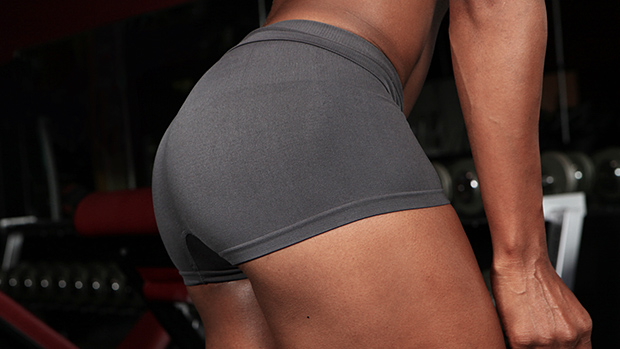Should you do a body part split or should you do total body training? It depends on who you are and what you need. Both methods have significant benefits. And most people would benefit from spending some time doing both.
A body part split generally means training one or two muscle groups or body parts per workout. Total body training means doing an exercise from each of the following in one workout:
- Upper body pushing exercise (chest and/or shoulders)
- Upper body pulling exercise (lats)
- Lower body compound (glutes, quads, and hamstrings)
Here are the pros and cons for both methods. Use this to decide which one is the most appropriate for you.
Pros of Total Body Training
- Most fitness professionals agree that total body is ideal for beginners.
- You're relatively "fresh" for each exercise since you hit one area of the body and move on. There's not much of an accumulated specific-fatigue effect.
- It's easier to incorporate total body exercises like the Olympic lifts, gymnastics moves, and strongman stuff into this type of routine.
- Total body may better prepare an athlete to handle total body fatigue (as in a game/sport) than split training.
- Total body hits a higher percentage of the total motor units in the body per day than a split plan.
- Because you're working your whole body, total body training may be better at burning calories and promoting fat loss.
- It's good for recovery from an injury or a layoff because, by default, the intensity is reduced so you'll get more out of it practicing more often.
- If you miss a workout or two for the week, you still get some training stimulus to your whole body instead of neglecting entire areas for that week.
- It's easy to implement supersets (antagonistic sets) which save time.
- Easy total body days are harder than easy split days (think total body vs. arms).
- You don't get the deep soreness from a total body routine that you do from a split routine.
- You can get a good overall workout in only three days a week.
Cons of Total Body Training
- High frequency combined with high intensity may overtrain certain areas of the body (shoulders from pressing three days a week, tendonitis in elbows, etc.).
- It's difficult to do more than three days a week on a TBT plan because you start training the same things on back-to-back days.
- It may not allow enough recovery time, particularly if you work at a high (relative) intensity or if you lift a lot of weight (high absolute intensity).
- Total body may not allow enough work to improve or correct weak points.
- You may be tempted to decrease intensity because you're doing basically the same thing again in a few days.
- Total body may not build up local muscular endurance or resistance to fatigue (lactate threshold) as much as a split plan.
- It's difficult to implement most intensity techniques (drop sets, compound sets) due to short recovery time (in days) before the muscle is stimulated again.
- You don't get much of a pump in a specific muscle group, which some people like.

Pros of Body Part Split Training
- Split training allows for maximum intensity regardless of level of advancement.
- Repeated sets on a fatigued muscle will build muscular endurance better, particularly multiple set endurance.
- Split training allows you to work out more than three days a week easily.
- Extra training days allow more time to devote to weak points in physique or performance.
- Split training gives muscles more time to recover.
- Most fitness professionals agree that split training is better for bodybuilding and general physique competitors.
- Split training hits a higher percentage of the total motor units in the body per week than a total body plan. As a muscle is fatigued you recruit more motor units, which is better for hypertrophy.
- The hardest split day is usually harder than the hardest total body day (think legs vs. total body).
- Easy to do intensity techniques like drop sets, compound sets, etc.
- May do a better job of teaching someone to lift intensely.
- You tend to get very sore and feel the muscle you worked several days afterward. (Some people like this feeling, some don't).
- Split training is better if you have to train multiple days in a row.
Cons of Split Training
- You're somewhat fatigued after your first exercise for a certain body part, so continuing to train that area forces a slight reduction in weight.
- Splits must be planned out properly to prevent overtraining of susceptible body parts or areas (lower back, front delts, etc.).
- Hard to fit in total body exercises or combination exercises, like thrusters and Olympic lifts.
- Splits may not promote total body fatigue and thus the lifter may not be prepared for that.
- You may not be stimulating the muscle intensely enough to require such a long recovery time (in days).
- You may feel the need to train 4-5 times per week and thus it takes up more time.





